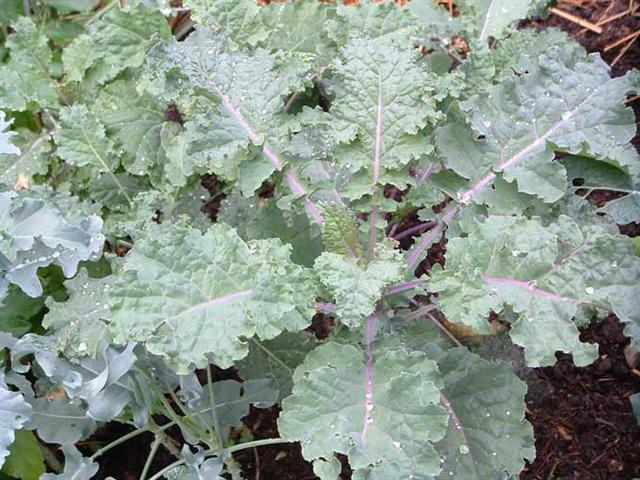« Read other entries… »

Kale Growing In ColdOver the years of this Diary of the Worm in a home garden, inside and outside, the winter months posed the greatest challenge to Growing Renewable Affordable Food ( G.R.A.F.). The five pane windows and the AIR system have helped to keep the sunroom and house warm with less energy, but my new challenge of growing in a small greenhouse with plastic and wrapping bubbles has had mixed results. Tomorrow I will began a full-scale test of all energy efficient systems, measuring the house, office, sunroom, greenhouse and outside temperatures as well as tracking the amount of electricity for the small heater in the sunroom and the gas bill for the rest of the house. I will keep readers of www.nonviolentworm.org updated on these experiments with sustainable growing and saving energy.
But it seems like the Air method, while successful for house and sunroom, is not working in the greenhouse outside because of the loss of infra-red heat that glass contains but plastic does not. Here is the explanation from my friend and ‘science advisor’.
“The wave length of light gets shorter as the emitting temperature gets hotter. The sun, at about 11,000 F, emits all colors, including ultra violet. Now, imagine heating up a pin using a gas stove or a lighter. If you turn off the lights, you might see the pin glowing red. If you continue to sit and the pin cools off, the light of the pin will go out, even though the pin is still emitting energy. If you put your fingers near the pin, you might feel the warmth. This non-visible emitted energy is called infra-red. So when the sunlight passes through your clear plastic material, it warms up the inside. But then the inside tries to radiate its heat back outside. Plastic will let infra-red out, glass will not. With glass, this infra-red heat bounces back into the greenhouse. This is called “The Greenhouse Effect” - you’ve probably heard of it. But if you are using plastic, you probably won’t get the benefit of the greenhouse effect. This means, I believe, that you have to add some non-transparent material to the inside, middle or outside of your layers of insulating clear plastic.”
So now my question to my friend and to you is what ‘non-transparent material’ can I use in the inside of the greenhouse to keep the infra-red heat from escaping at night? Right now the greenhouse is good for three seasons, spring, summer and fall. However, we are one step away from making it a four-season greenhouse heated by sun and air. Any suggestions for Growing In Cold please send to GrowingInCold@nonviolentworm.org . With worms, bubble wrap, sun, water and air we can grow in the cold as well as in the warm.
Comments
(:commentboxchrono:)